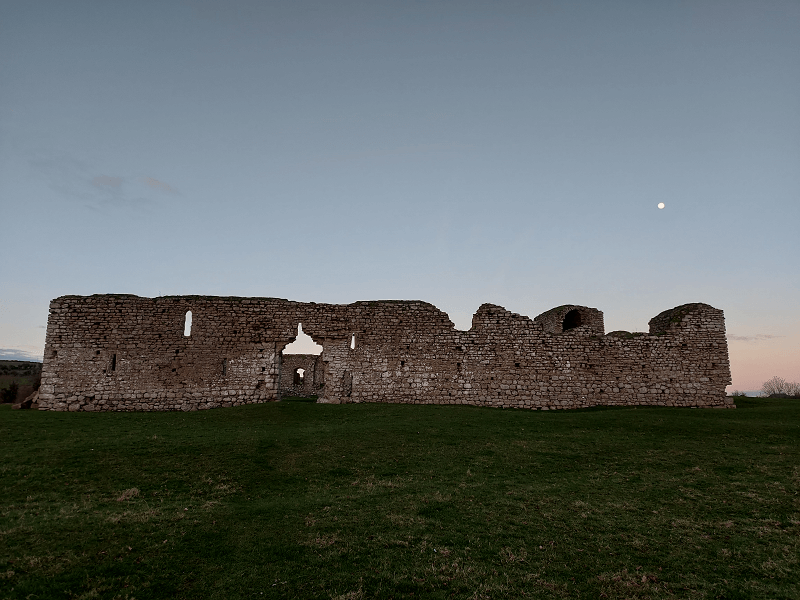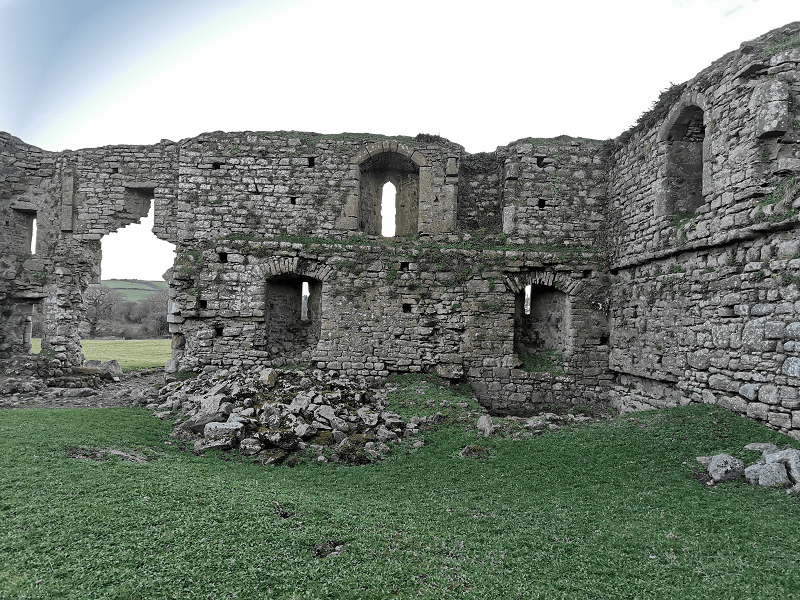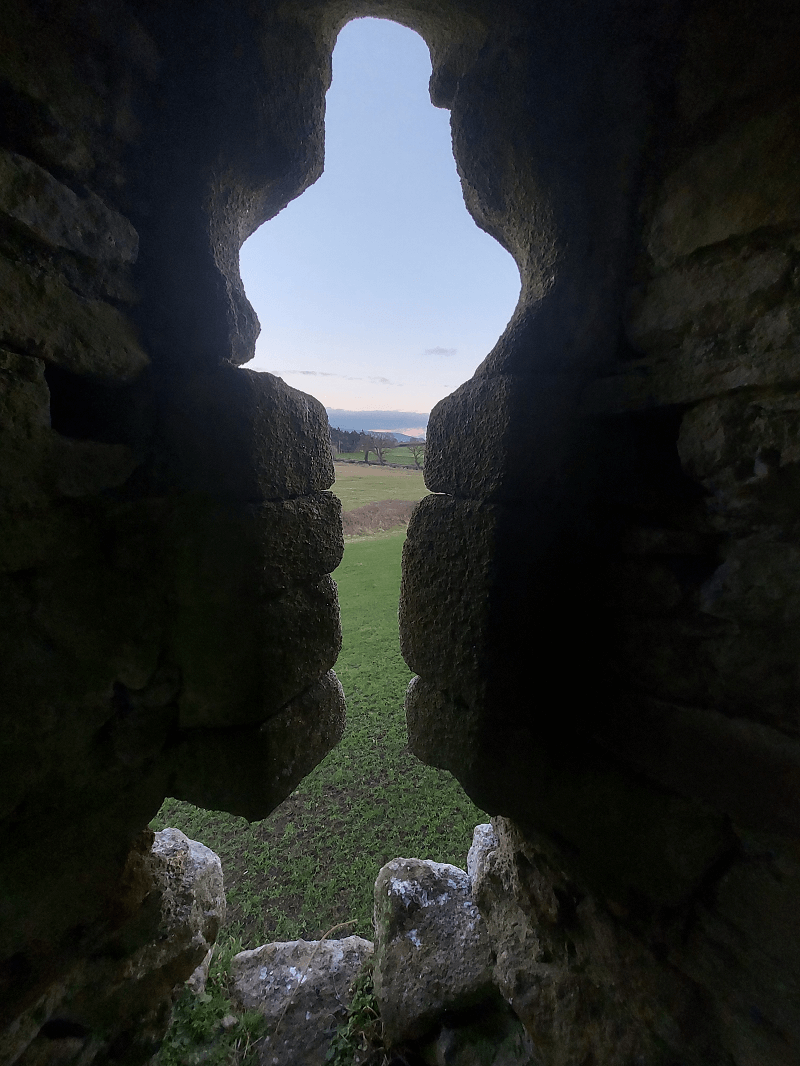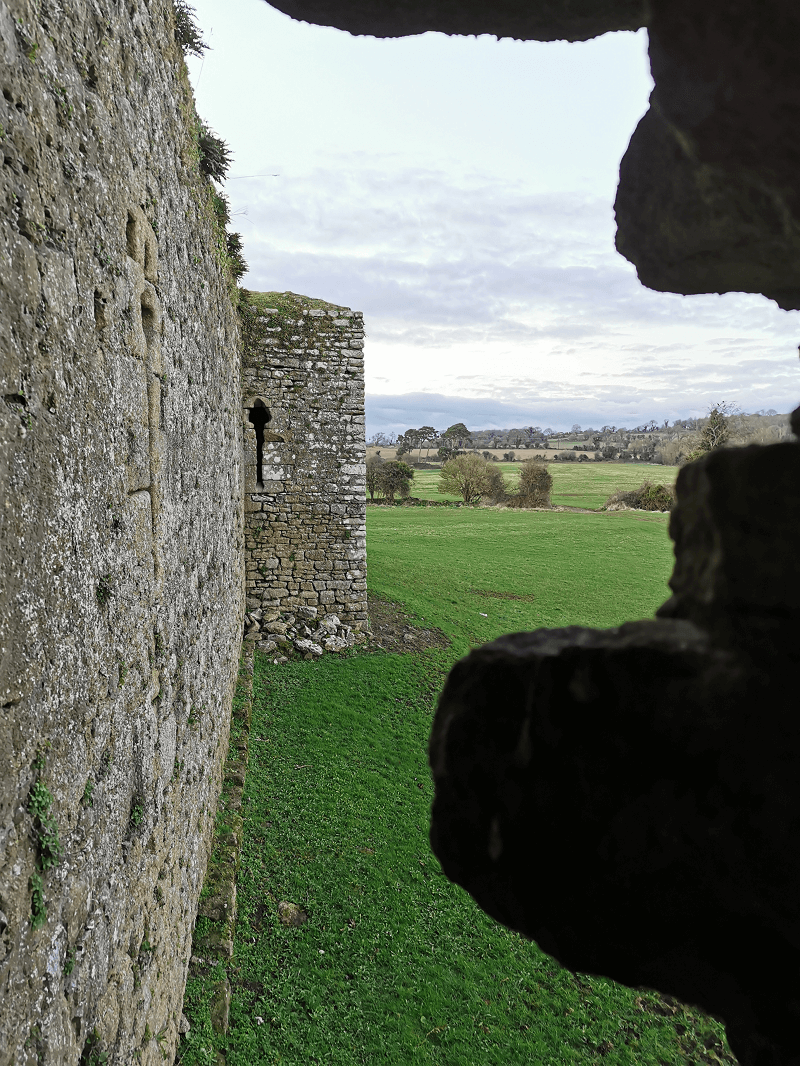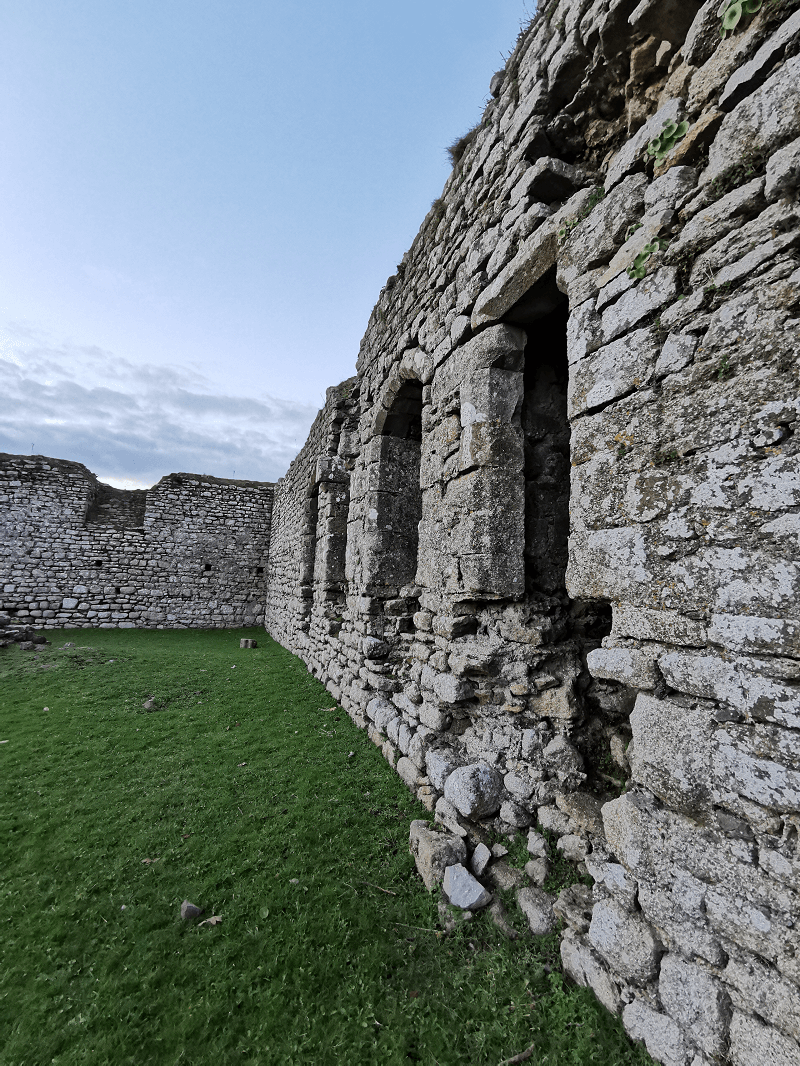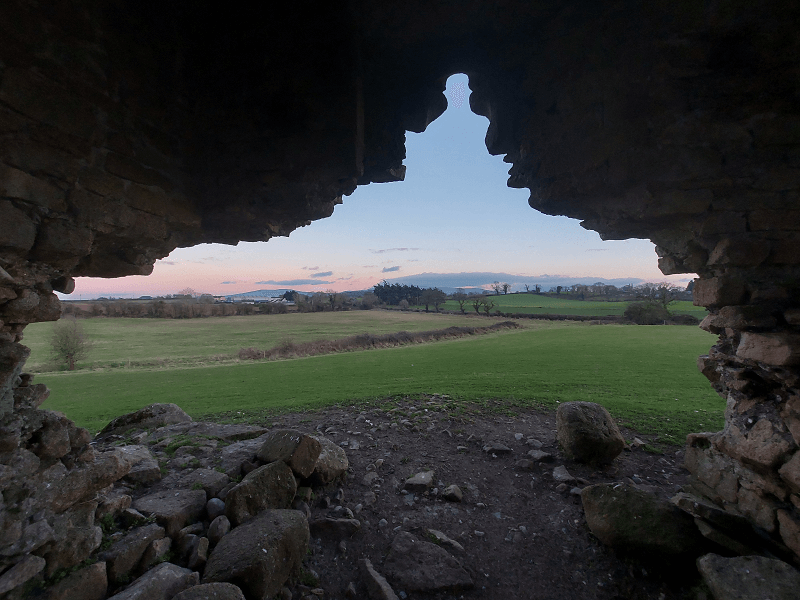History

The castles in Ireland are not just there to tell you their histories while you listen to them fully stolen in an enchantment universe, detached from reality. They have grown up together and still “talk” to each other, their destinies are crossed and can not be separated.
The reader who already visited the Rock of Dunamase learned that during the 12th century, Aoife MacMurrough, daughter of Dermot MacMurrough, married Richard de Clare, 2nd Earl of Pembroke, also known as Strongbow, the leader of the Norman invasion force. In August 1189, their daughter Isabel married William Marshal, serving King Henry II as a loyal captain, becoming in this way Earl of Pembroke. William and Isabel had had ten children together, five of which were sons, which apparently ensured continuity to the family dinasty. However, between 1207 and 1213, William Marshal seized two mannors belonging to Albin O'Molloy (in Irish, Ailbe Ua Maíl Mhuaidh), Bishop of Ferns, and as a result, the bishop excommunicated Marshal [1, 2]. After Marshal’s death, the bishop went to King Henry III to claim his lands back but the sons of the deceased William Marshal refused [1, 2]. The bishop then cursed them and foretold the end of their dinasty and that the Marshall estates were going to get scattered [1, 2]. The reader might not believe in spells but the male line of the Marshall family actually ended in 1245 [2].
Meanwhile, Maud Marshal, eldest daughter of William and Isabel, married Hugh Bigod, third Earl of Norfolk [1]. In this way, the Bigods became landlords in what is now County Carlow and it was probably Roger Bigod, fifth Earl of Norfolk, Hugh’s grandson, that started the construction of the large stronghold known as Ballymoon Castle [1, 3], although other sources [3, 5] mention the possibility that it was constructed by the Carew family. Roger Bigod died in 1306 with no heirs and therefore the crown acquired the lands, which were then bestowed on Thomas of Brotherton, Earl of Norfolk, a younger son of Edward I [1].
Purpose of the castle is controversial: perhaps it was a defensive building [3] or just a residence [1, 5]. Probably it was never fully complete, as proven by the fact that there are no signs of internal structures other than the foundations [1, 3, 5, 6].
In [4] it is stated that in 1581 the castle was acquired by Sir Patrick Barnewall, who added an orchard and a three-story gatehouse where to hold secrets.
The castle has a big empty square courtyard of about 80 feet per side (24 meters), sorrounded by imposing granite walls and with remains of buildings and fireplaces [1, 3].
We do not recommend to visit the castle at night. First of all because you can stumble on the foundations. Second (and most important) because some can swear that strange lights can be seen around the castle at night [4]. And if you hear some strange noise, no worries: it’s probably just some ghosts walking the grounds [4].
References
- [1] The Irish Aesthete, BALLYMOON CASTLE
- [2] Wikipedia, Albin O'Molloy
- [3] MyCarlow, Ballymoon Castle
- [4] Love Ireland, Why is Ballymoon Castle mysterious?
- [5] The Standing Stone, Ballymoon Castle, Co. Carlow.
- [6] Wikipedia, Ballymoon Castle
Other useful links
- Wikipedia, William Marshal, 2nd Earl of Pembroke
- Dictionary of Welsh Biography, MARSHAL family, earls of Pembroke
- Wikipedia, Maud Marshal
- Wikipedia, Hugh Bigod, 3rd Earl of Norfolk
- English Monarchs - Kings and Queens, Thomas of Brotherton, 1st Earl of Norfolk
- Wikipedia, Patrick Barnewall (died 1622)
